Private households plan their budget, companies calculate investments, the German government determines state spending – from single income to the national budget, expectations regarding the future economic situation influence a host of decisions. Forecasts are therefore extremely welcome. Economic forecasts predict overall economic development. The ifo Institute publishes the ifo Economic Forecast for Germany four times a year and the ifo Economic Forecast for Eastern Germany and Saxony twice a year.
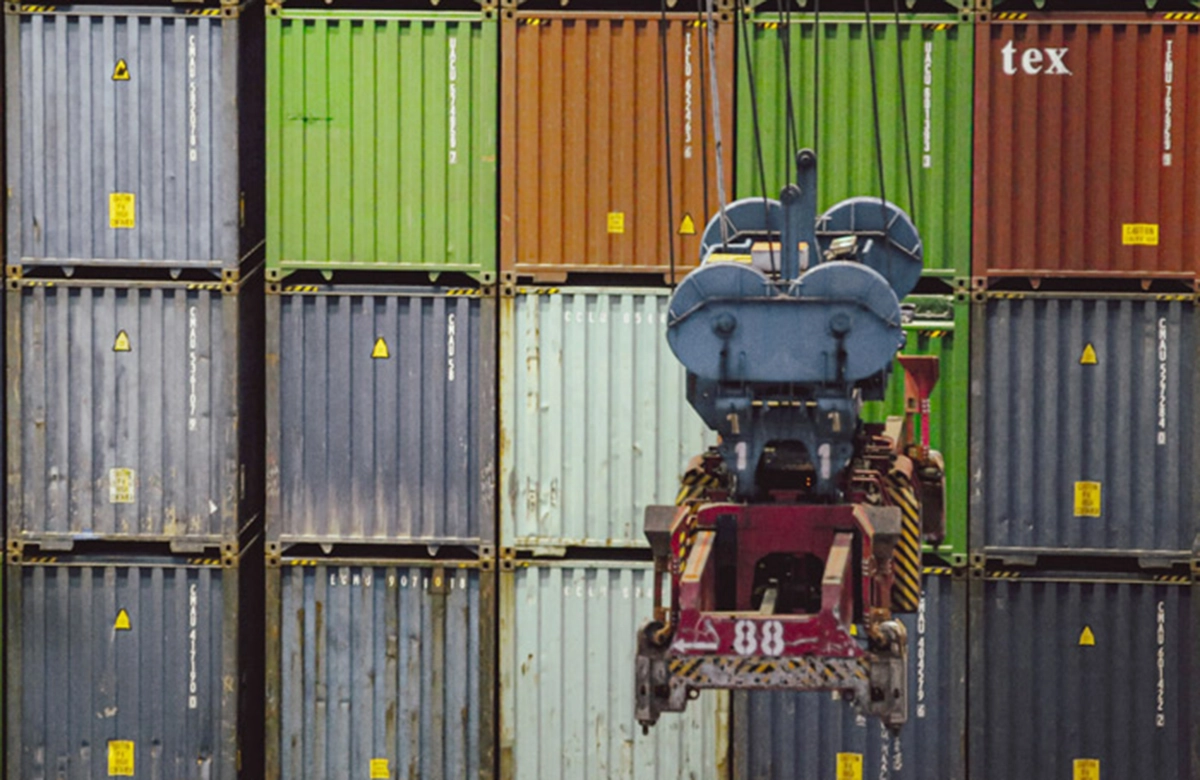
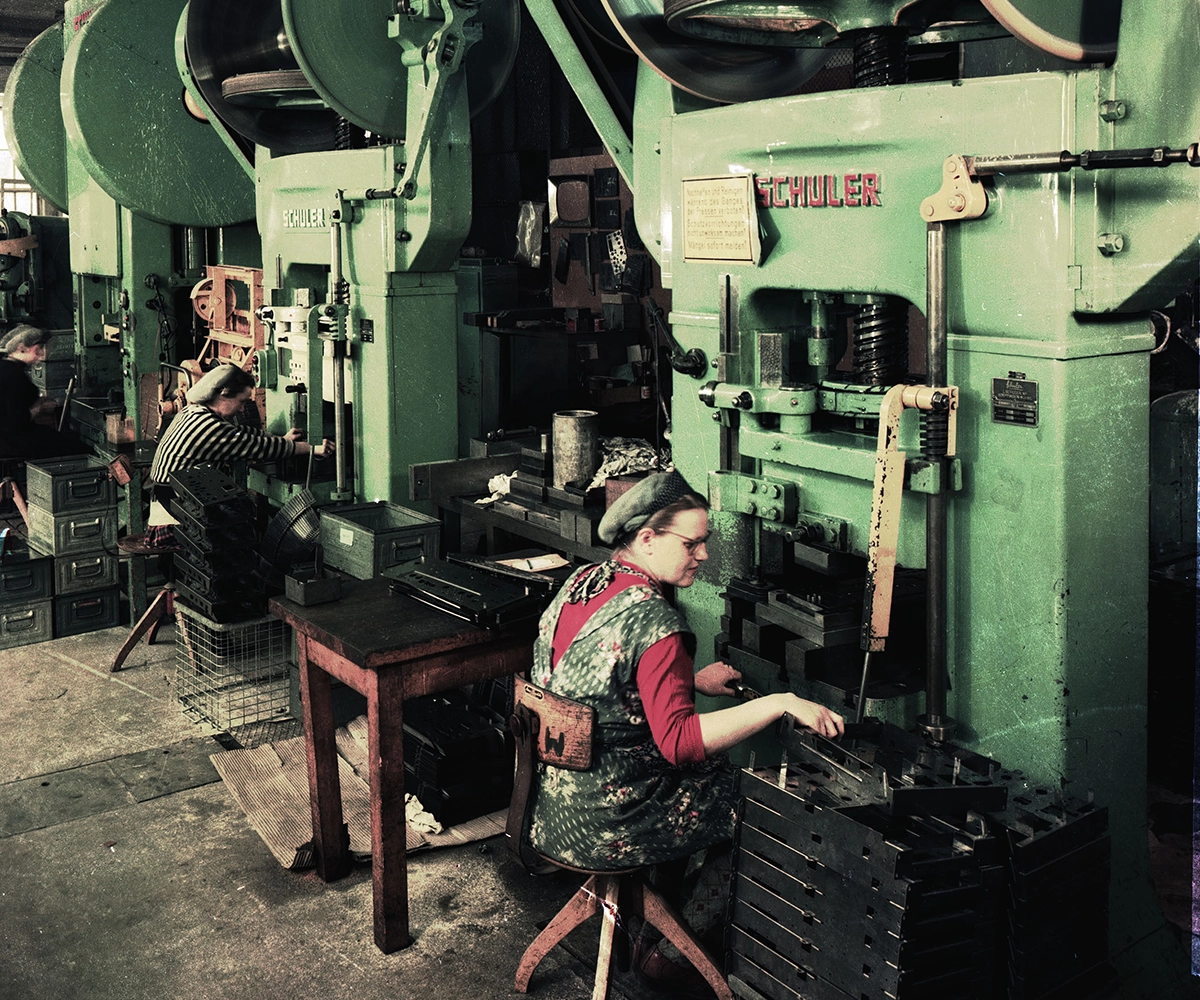
ifo Feels the Pulse of the Economy
From 1951, the ifo department for “General Economic Observation and Economic Policy” dealt with economic development in Germany. The main focus of this department was on macroeconomic diagnosis and prediction, with the initial aim of creating the basis for a quarterly calculation of the national product. In the second half of the 1950s, alongside the short-term analysis of economic development, the call for a long-term structural and growth analysis became ever louder. The hitherto available data did not provide sufficient information for that, so it had to be supplemented by a series of empirical studies. On that basis, the research teams initially calculated the expected number of people of working age and the required working hours for individual sectors of the economy. It was now possible to forecast the volume of work in the Federal Republic of Germany for the duration of an entire decade. That was used, taking the productivity trend into account, to derive the social product to be expected at full employment.
Electronic Data Processing
The ifo Institute’s work at the time was also considered groundbreaking because it had been making use of the possibilities of electronic data processing since 1959. Ever larger volumes of data could thus be collected, structured and analyzed. Thanks to the new technology, the ifo Institute was able to carry out a forecast of the transport volume up to 1970 and make statements on the long-term development of steel exports. The first macroeconomic forecast for the Federal Republic of Germany, which was drawn up between 1959 and 1961, was also a milestone. It provided a forecast of production development up to 1970 – for nine branches of industry and four branches of transport.
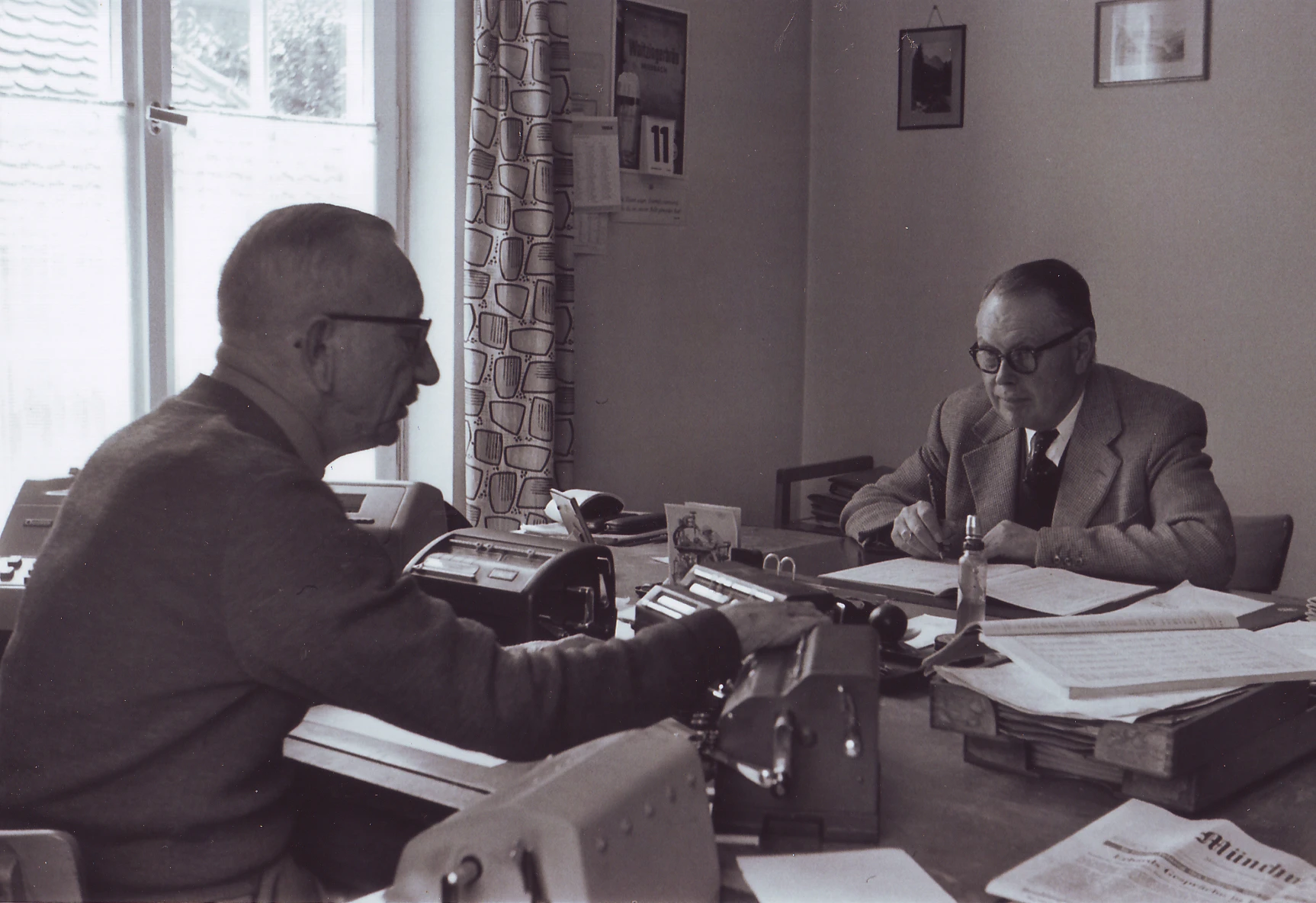
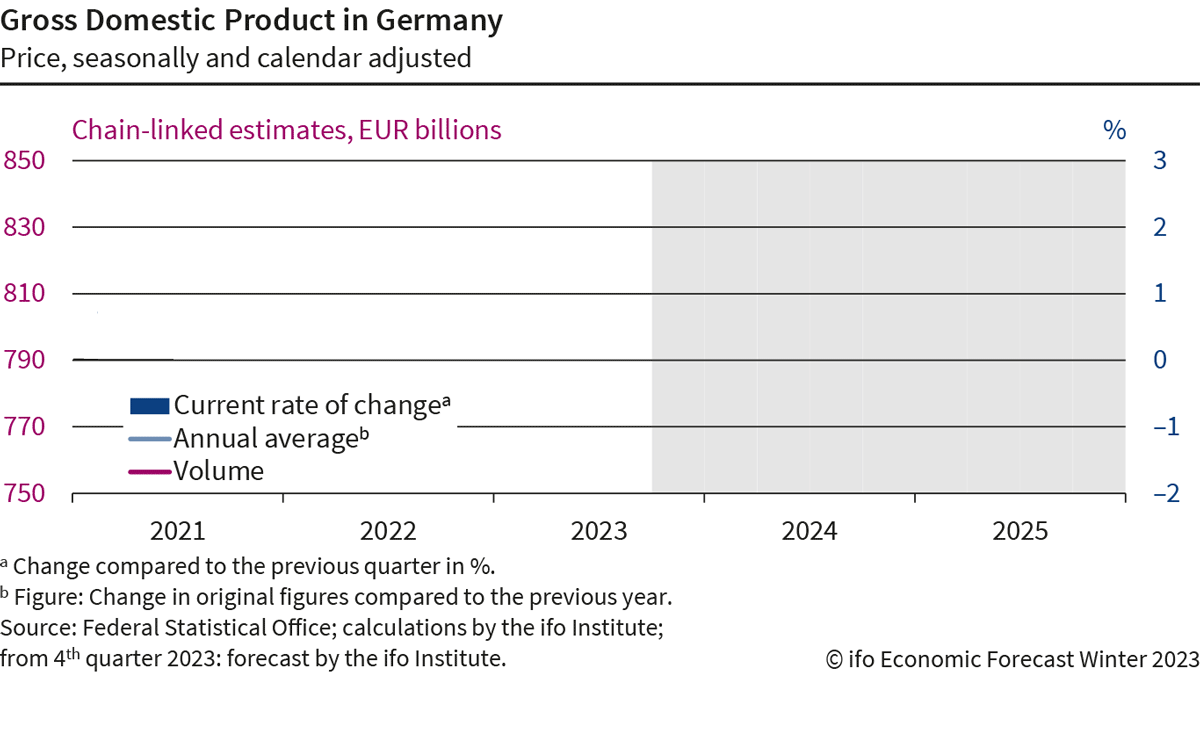
The “Secret” of the Economic Forecast
An economic forecast is based on the assumption that economic activities follow a pattern of recurring cycles. An economic cycle consists of four phases: recovery, boom, slowdown, and crisis. One task of economic forecasting is to identify potential disruptions in the economic cycle and determine their impact on future macroeconomic development. The key figure that is forecast is gross domestic product, which comprises all economic activities of an economy.
Forecasts vs. Prophecies
Scientifically prepared economic forecasts are anything but fortune-telling. The first step is a detailed analysis of the economic situation, the economic diagnosis. The current position of the economy in the economic cycle and its drivers are identified. Assumptions are also made as to whether these influencing forces will continue for the forecast period and whether new factors are to be expected.
Essentially, the researchers obtain the results of their forecasts from the analysis of historical observations and the insights thus gained for the development of macroeconomic variables. Economic researchers know that economies react to disruptions according to certain patterns. Their task is to identify “shocks” that hit an economy from the outside and to make forecasts based on the development of similar crises in the past. Researchers reach their limits in the case of extreme events, such as the coronavirus pandemic, for which there was hardly any comparable data.


“The Human Factor”
The ifo Institute does not base its economic forecasts solely on statistical and mathematical methods. They are complemented by human expertise. The forecasters contribute their knowledge of economic developments and their experience from many years of economic research and, against this background, make a qualitative classification of the measurement results. This qualitative data is processed in multi-stage analysis processes together with the data and facts obtained, and readable forecast results are obtained by reducing the complex information.
State-of-the-Art Methods: The ifoCAST
The economic forecast can be based on numerous indicators obtained at the ifo Institute itself – most importantly the ifo Business Climate Index – as well as from external sources. There are over 300 leading indicators for Germany alone. In order to condense the wealth of information obtained under very different conditions as effectively as possible, researchers use the latest methods made possible by advances in digitalization. Since 2020, ifo has been using the forecasting tool ifoCAST – a portmanteau of ifo and forecast – which runs fully automatically and thus enables researchers to assess the current economic development at any time and with manageable effort.
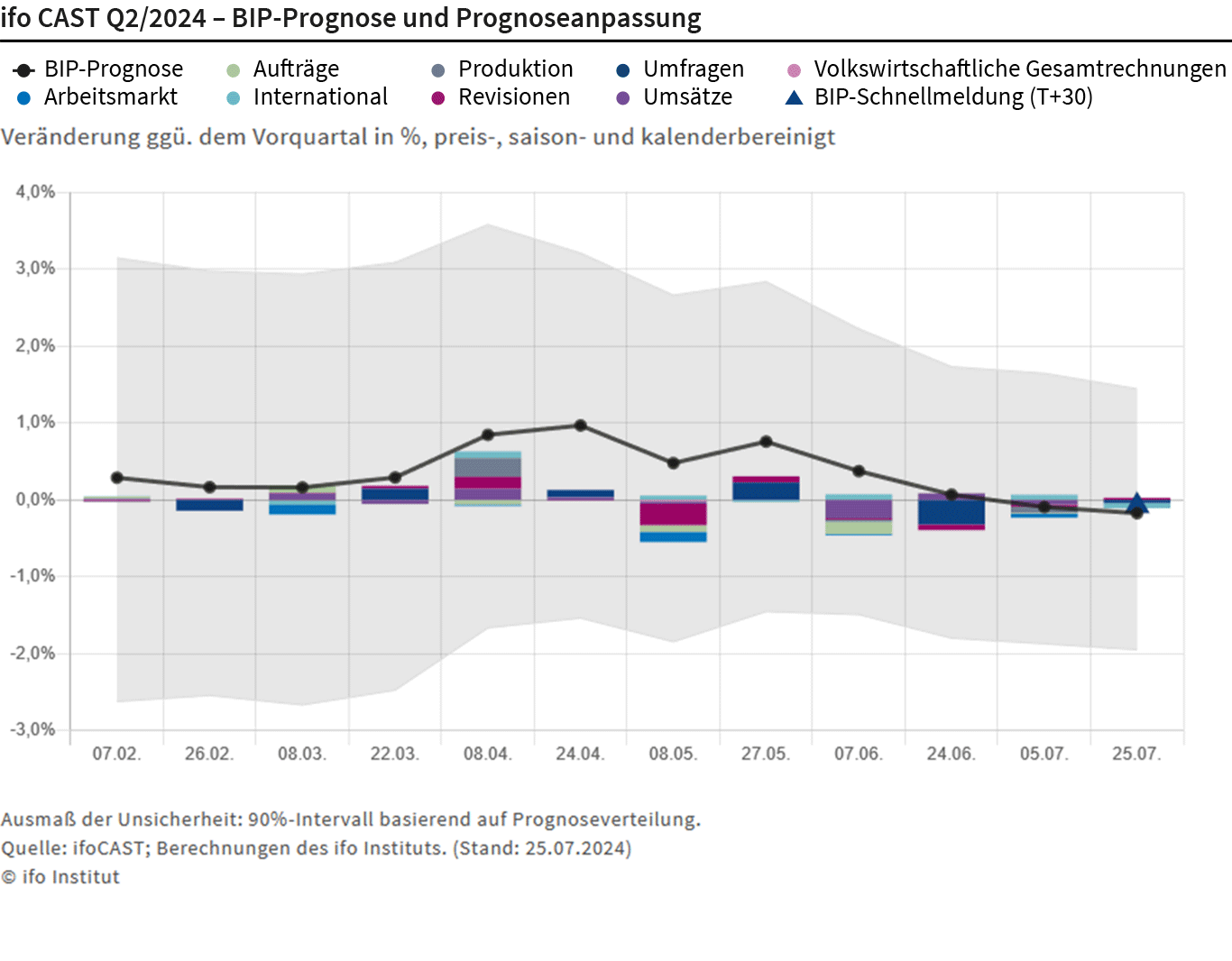
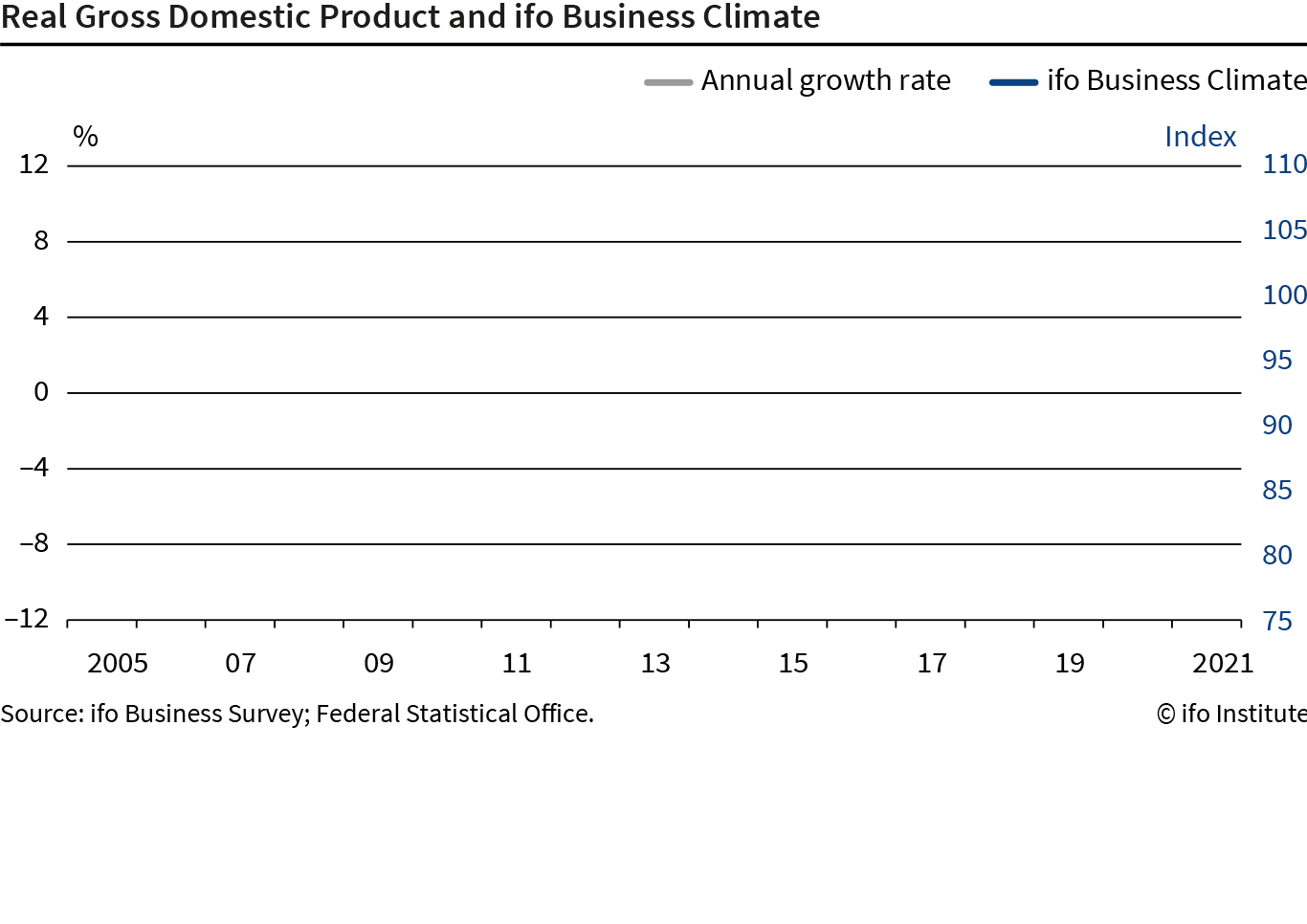
High Reliability Provides Guidance
The ifo Institute’s regular economic forecasts provide guidance for economic decisions. They facilitate the planning of households and companies wishing to invest in real or financial assets and help economic and financial policymakers take appropriate measures.
And they do so with a high degree of reliability: The ifo Institute’s forecast record is impressive. The reliability of the forecasts for the development of real gross domestic product is extremely high. The accuracy of the ifo economic forecasts was also higher on average than the corresponding figures from Consensus Economics, a global survey company that surveys more than 700 economists each month about their forecasts for over 2,000 economic indicators in 115 countries.